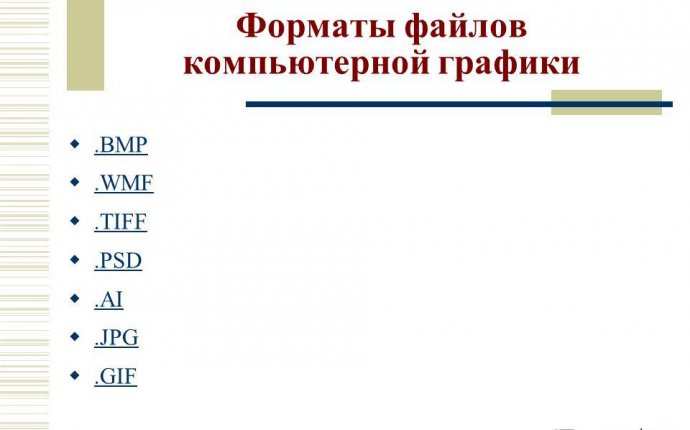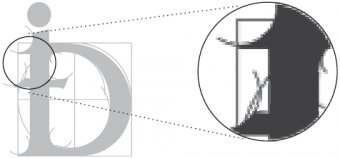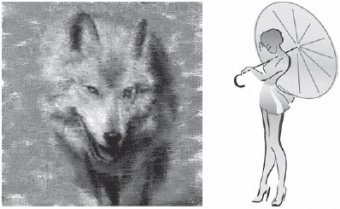
Format Of Computer Graphics Files
 Formats of graphic files
Formats of graphic files
Adobe InDesign may import graphical files of different formats - both the most common AI, BMP, EPS, GIF, JPEG, PDF, PSD, TIFF, and the rarer DCS, EMF, PCX, PICT, PNG, SCT (ScitexCT), WMF.
All graphic formats and files are classified according to the type of information they contain. Computer schedules are available either vegetation or vector, and therefore graphic files, we call vector or vegetation. Some formats may contain both types of information (primarily the formats of graphical files).
Both types of images have their advantages and minus, so you can't say that only one of them needs to be used. Another case is that, depending on the task before us, we can choose a more or less successful format of the file.
The timetable is based on the principle of mosaic: it consists of individual quadrants called picsel (sometimes it is called peaks). Each picsel is exactly the same as all the other in shape and size, but different in color, and naturally, each of them is in a certain place. If the size of the pickles is small enough, we do not distinguish them separately, but we see the image as a whole (figure 12.1).
 Rhys. 12.1. Increased fragment of vegetation
Rhys. 12.1. Increased fragment of vegetation
Start-to-end " computer " invention. It uses mathematical formulas to describe the forms of which the image is made, and the end images that we see from the individual object forms (Figure 12.2).
Rhys. 12.2. Increased vector image fragment
A significant shortfall in the vegetation graph is the fact that, with the increase in the image, the peaks are increasing, which means that the naked eye is visible at a certain point, and the illusion of the wholeness of the image is being violated. The vector schedule is deficient: the formulas describing the contours of the images can always be rereaded with the necessary accuracy. Therefore, the vector schedule allows us much more courageously to change the size of the image than the vegetation (see figure 12.1, 12.2).
At the same time, the vector graph has a different disadvantage, not less significant. Since the vector schedule is completely " artistic " , only a computer can produce a vector. We can't take a picture or a drawing, put a scanner on it and turn them into a vector image, everything needs to be done manually. An unsuccessful timetable can be obtained from real objects, through scanner, digital camera, video camera or web camera.









